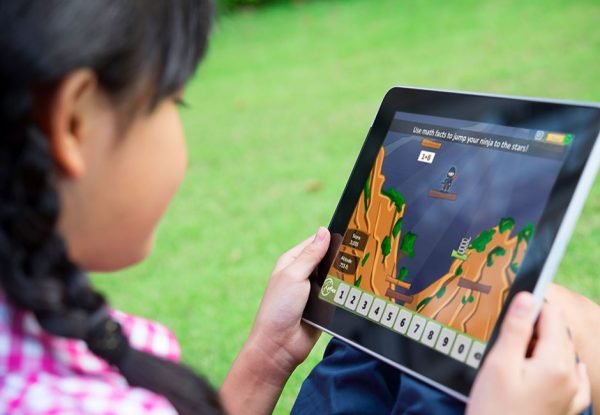The Intersection of Science and Policy in IB Environmental Systems and Societies

When we talk about the health of our planet, it’s like walking a tightrope. On one side, you have the natural world, with all its complex ecosystems. On the other, there’s human activity, with its economic and social demands. It’s a tricky balance, but that’s where the International Baccalaureate (IB) Environmental Systems and Societies (ESS) course comes into play. It’s not just a class; it’s a training ground for the minds that will one day steer our environmental policies and scientific research.
ESS Fundamentals
Think of ESS as a bridge. It connects different areas of study—ecology, economics, and sociology—to give students a panoramic view of environmental issues. This kind of approach is essential. Why? Because our world’s problems aren’t one-dimensional. To really get what’s going on, you need to see the big picture. Students in ESS get their hands dirty with scientific principles, but they also learn about the impact of economic systems and societal values.
In ESS, it’s not about cramming facts into your brain. It’s about understanding how those facts fit into the real world. This is what scientific literacy is all about. It’s the tool you need to make smart choices and to think critically about environmental issues. Another key part of ESS is systems thinking. It’s like looking at a spider’s web and seeing how each strand connects. This kind of thinking is crucial for solving environmental puzzles because it helps you see beyond the obvious.
Scientific Research Informing Policy
Let’s talk about how science guides policy. Imagine you’re navigating a ship through foggy waters. Solid scientific research is like the lighthouse guiding you to safety. A shining example is the Montreal Protocol. This treaty aimed to fix the hole in the ozone layer by cutting out harmful chemicals. It worked because it was based on solid science. But getting from research to real-world policies is a journey full of twists and turns. Scientists have to explain their findings in a way that policymakers can grasp. Then, those policymakers have to weigh those findings against economic and social factors. It’s a dance of collaboration and compromise.
Policy-Driven Science
Now, let’s flip the script. Policy can also drive science. When governments put the spotlight on certain environmental issues, they pour resources into solving those problems. This can lead to breakthroughs in understanding and technology. For example, when climate change became a hot topic, research into renewable energy took off. This shows how policy can point scientists in the direction of the most urgent environmental issues.
I’ve heard stories from researchers about how policy has shaped their work. One researcher told me about a new law that led to a study on cutting down pollution. Another shared how debates in government sparked a surge of interest in farming sustainably. These stories underline the two-way street between science and policy.
ESS as a Change Agent
ESS doesn’t just fill students’ heads with knowledge; it turns them into doers. With a solid grasp of how policies come to life, they’re ready to stand up for what they believe in. I’ve seen ESS students step out of the classroom and into the world, pushing for changes in local and national environmental policies.
These students are the ones who will lead the charge in careers that cross boundaries. They might become environmental consultants, policy advisors, or research scientists. Their ESS background gives them a strong base to make a real difference for our planet.
Overcoming Integration Barriers
Merging science with policy is like trying to solve a puzzle with pieces that don’t quite fit. Scientists and policymakers often seem to be speaking different languages. Political agendas can push scientific advice to the back seat. To get everyone on the same page, we need to mix up the team. We need people from all walks of life, with different skills and viewpoints. And we have to make sure that those affected by the policies have a say in them.
ESS teachers have their own tales of connecting dots that don’t usually touch. One teacher set up a project where students worked directly with local leaders. Another used role-playing in class to show how negotiation works. These experiences are just a taste of the creative ways ESS brings science and policy together.
Forging Environmental Leaders
The future of environmental policy could very well rest in the hands of ESS graduates. They’re armed with a broad education that sets them up to tackle the world’s environmental challenges head-on. They’re not just learning; they’re preparing to lead.
Education is the key to empowering this new wave of environmental stewards. ESS isn’t just about filling minds with facts. It’s about building the confidence to use that knowledge effectively. As these students move into roles in government, academia, and industry, their ESS experience will guide them. They’ll be the ones navigating the complex relationship between science and policy, making a lasting mark on our world.



